Numeracy
GHPS Numeracy Program
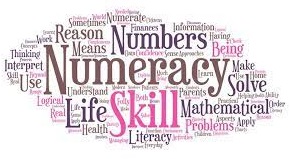
Below is the link for the Numeracy Information Session that was presented on Open Night.
Numeracy at GHPS
Numeracy Teaching and Learning

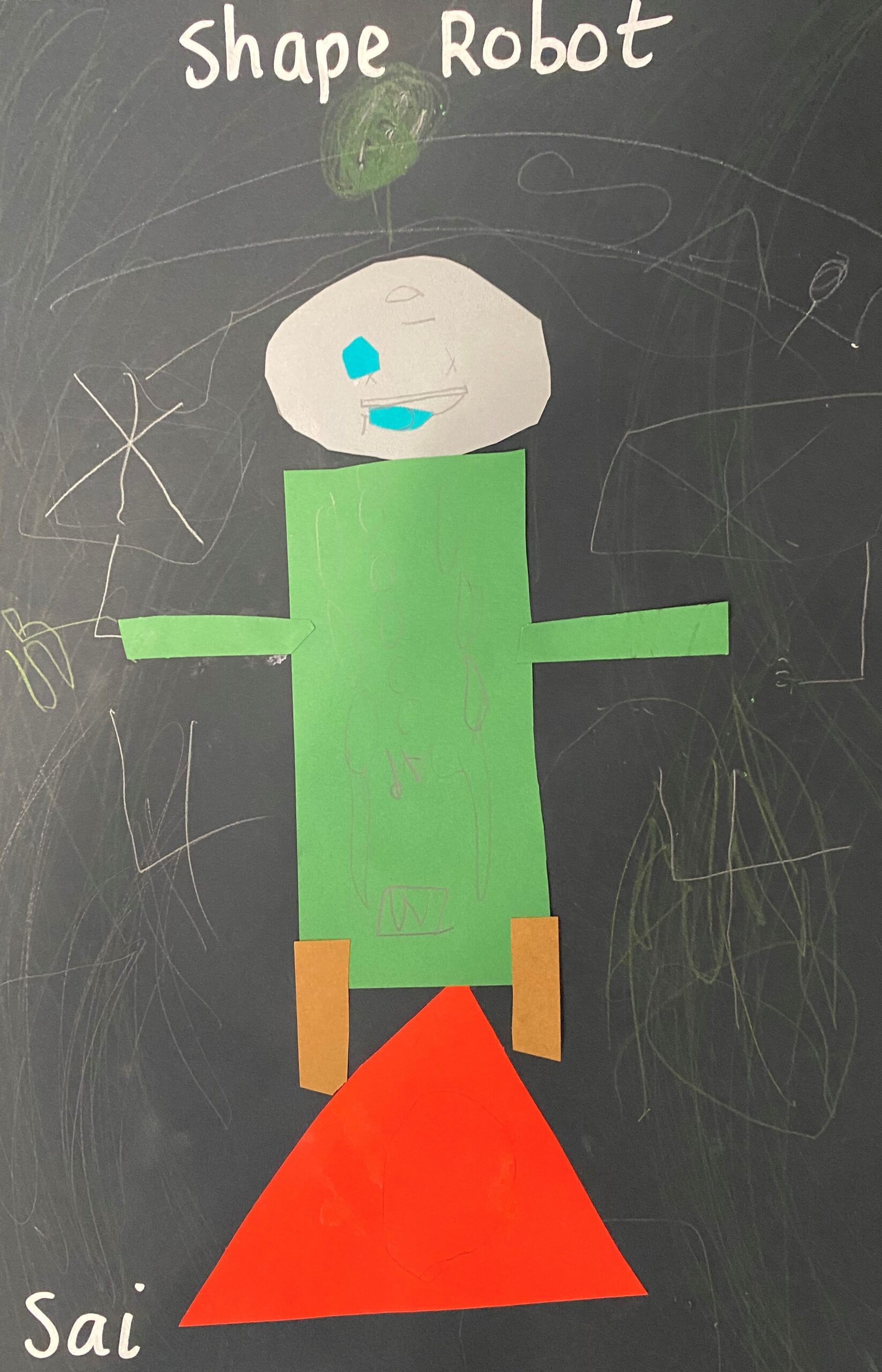
At GHPS, teachers value building their own skills and acknowledge they are lifelong learners, just as their students are. Our staff take part in regular professional learning from our partnership with the Mathematical Association of Victoria. A school wide, holistic approach to organising the Victorian Curriculum strands of Number, Measurement and Geometry and Statistics and Probability to support student learning.
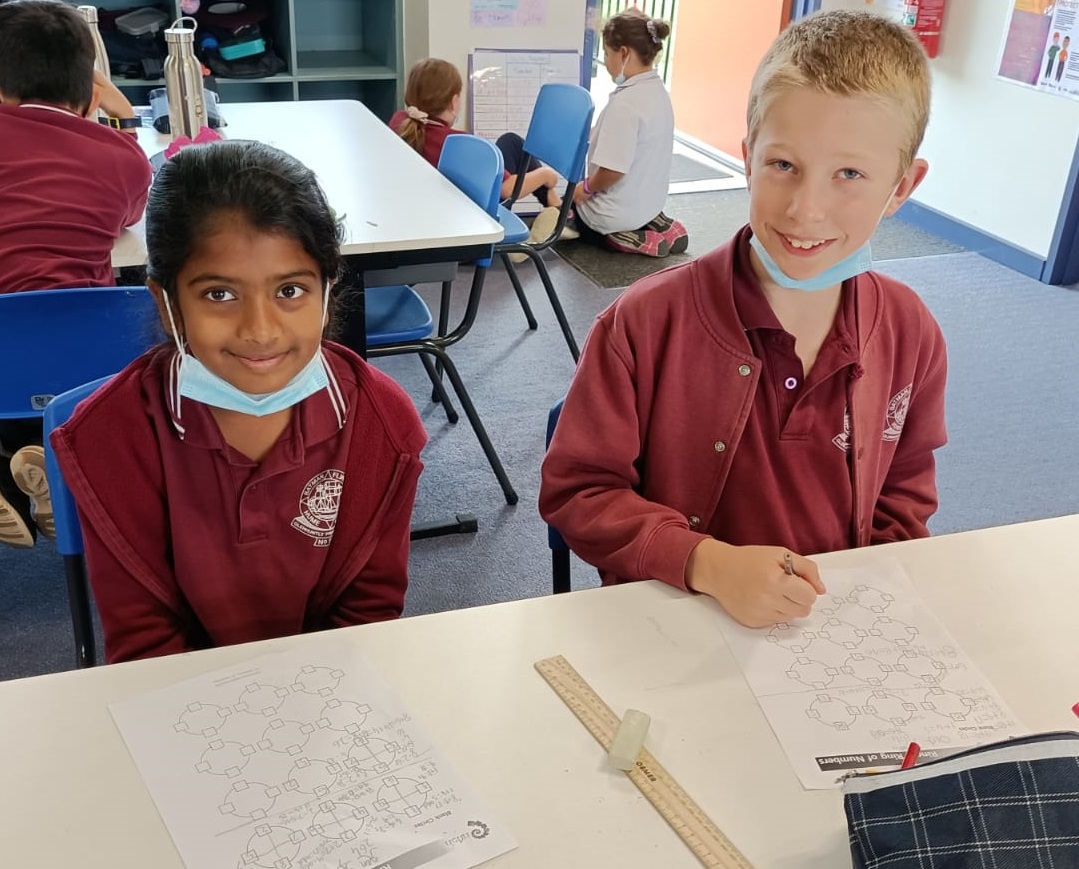
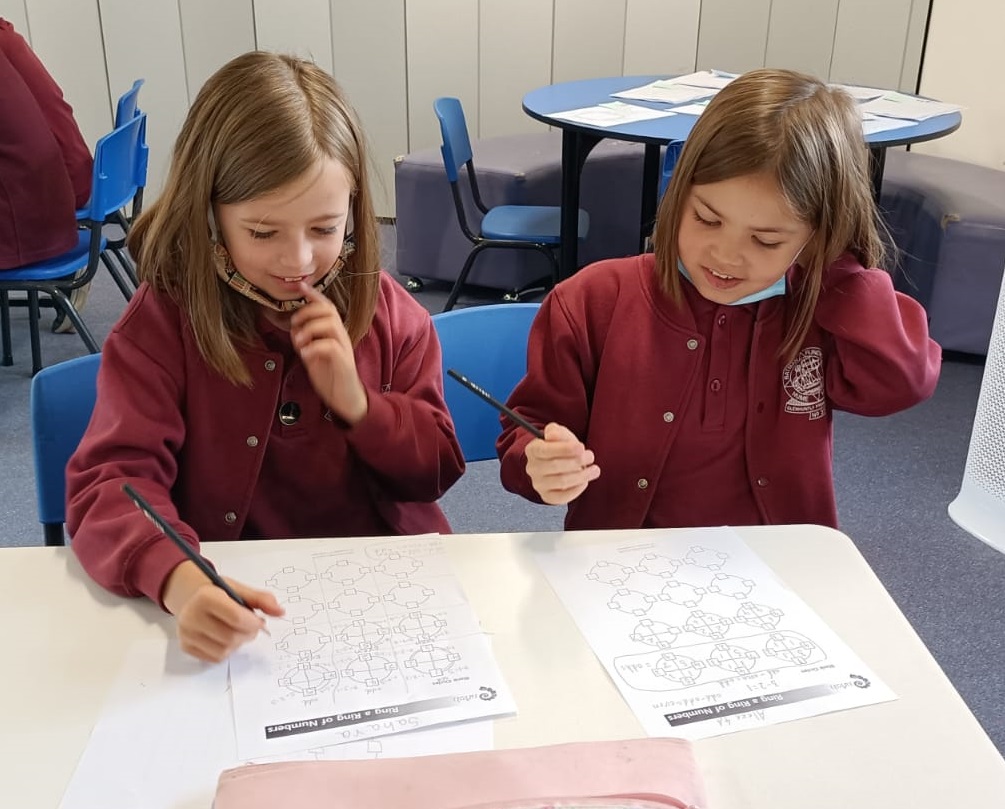
Staff provide a balance between explicit teaching and inquiry based learning through open ended tasks. A wide variety of tasks are utilised to support problem solving, reasoning and subject specific vocabulary at all year levels. Visual learning tools and hands on materials are also used to support students. As much as possible, learning tasks linked to real-life problems which makes them authentic and numeracy purposeful.
The Four Proficiencies
Numeracy is often seen as just sums and multiplication, but at GHPS, staff focus on building student’s ability to work and learning mathematically across all three strands of the curriculum. To work and learning mathematically, there should be a focus on these four proficiencies:
Understanding:
This strand promotes the ‘how’ and ‘why of learning in numeracy. Students connect different areas of mathematics which will help them apply this to different problems. When students show their understanding they:
- Represent their thinking in different ways such as drawing pictures, tables or lists
- Describe the similarities or differences between two objects or concepts
- Describe the way they are thinking verbally or in a written form

Fluency:
This refers to a student’s ability to recall number facts and concepts. It’s important to note that speed is not promoted here; it is perfectly acceptable for students to take time to recall facts. Fluency also means students are able to choose appropriate a procedure or strategy to help them recall facts or perform calculations efficiently. Students who are fluent in thinking and working mathematically can also make reasonable estimates.
Problem Solving:
Problem solving is a key skill that not only supports Numeracy and mathematical thinking, but also problems outside of school. This strand of the four proficiencies is used to help students to make choices, interpret information and model and investigate problem situations. Students also develop their questioning skills as they pose questions about problems to their teachers and peers.
Reasoning:
A student’s ability to reason in Numeracy means that they can make predictions, analyse, explain, infer, justify or make a generalisation about a possible solution. This is very closely linked with reading comprehension skills which is thoroughly explored at all year levels. Students who can reason are able to:
- explain their thinking
- justify strategies used and conclusions reached
- compare and contrast related ideas and explain their choices.
- transfer learning from one situation to another
- prove that something is true or false
Information adapted from the site – Victorian Curriculum – Learning in Mathematics
Students from Foundation to Year 2:
In Prep, students explore a variety of Mathematics topics. Throughout the year students will focus on 3 main areas of Maths – Number, Measurement and Geometry and Statistics and Probability.
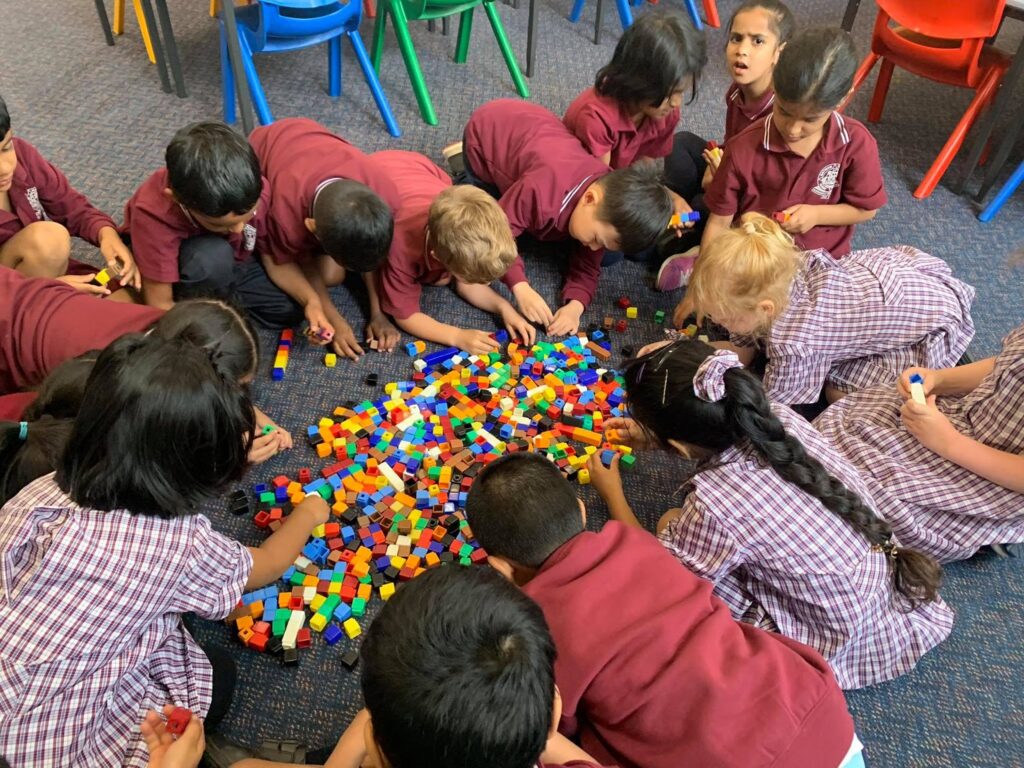
Some initiatives used to support the teaching and learning of the Mathematics curriculum at GHPS are:
- Numicon
- Extensive Pre Assessment of students to identify points of growth and establish individual learning goals/ programs
- Monster Maths
- Maths Talent Competitions. For example, Olympiad
Mathematics and Numeracy at Home – Toolkit
![]()
Students in the junior years are building their number sense, one to one counting, addition and subtraction facts and the ability to compare objects’ length, mass, size or shape. As a student progresses through these year levels, they are more and more able to build connections between what they have learned in different areas. There is also a strong focus on building Numeracy specific vocabulary in these year levels to assist students as they approach new and more complex tasks.
Students from Years 3 to 6:
Students move towards being able to connect a number of mathematical concepts when solving a single problem. Their ability to discuss their reasoning for solving and problem both verbally and in written form. They continue to build their mathematical vocabulary to support their understanding of new concepts. Students are encouraged to explain their reason for choosing a strategy to solve a problem.
Features of the Numeracy Program at GHPS
Maths Olympiad
Numicon
Links with the Mathematical Association of Victoria
